Home>Interior Design>My Interior Design Schemes Often Start With Tile: This Is Why
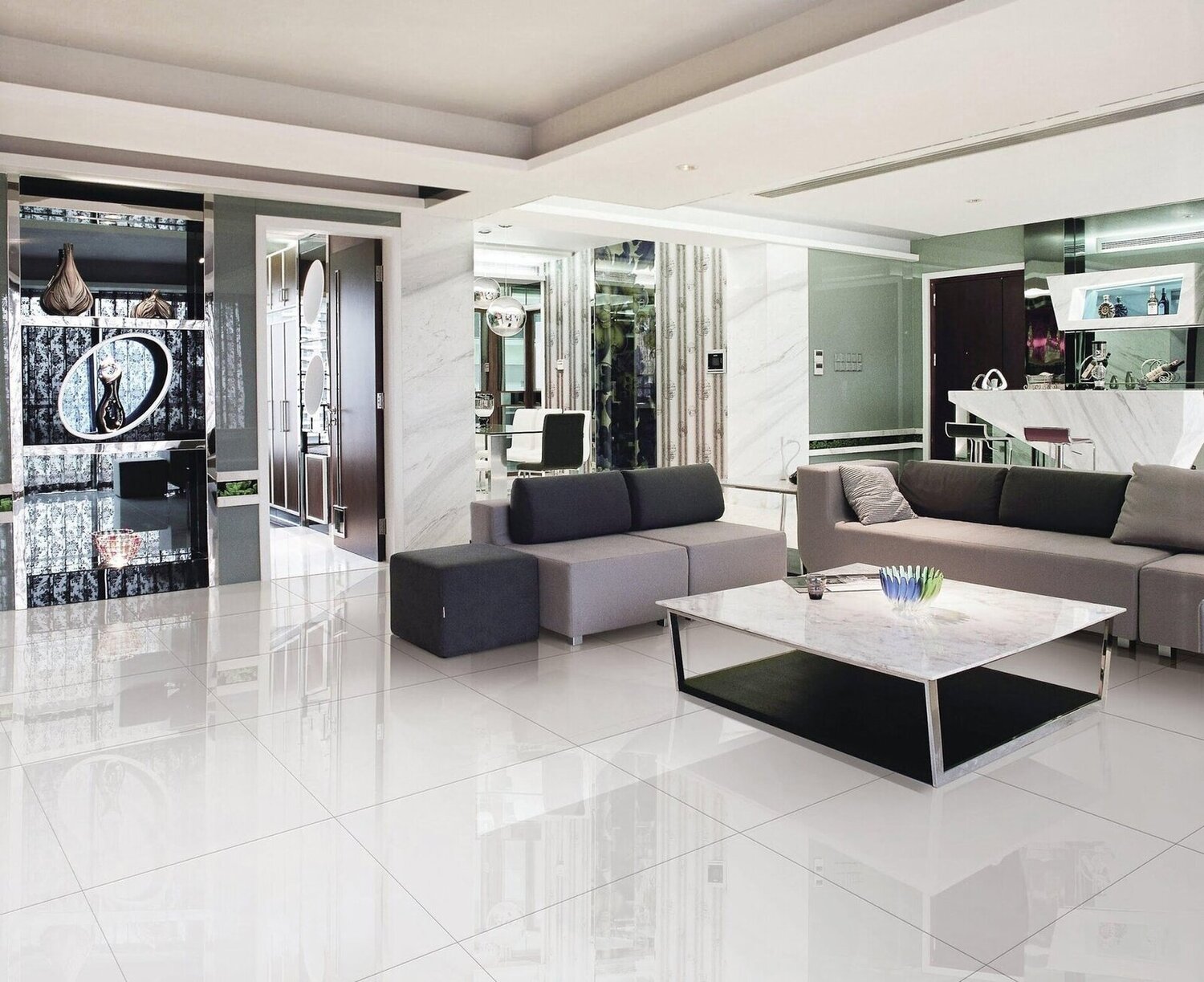

Interior Design
My Interior Design Schemes Often Start With Tile: This Is Why
Modified: January 18, 2024
Discover why tile is the foundation of my interior design schemes. Explore the endless possibilities of interior design with our expertly curated tile collection.
(Many of the links in this article redirect to a specific reviewed product. Your purchase of these products through affiliate links helps to generate commission for Storables.com, at no extra cost. Learn more)
Introduction
Welcome to the world of interior design, where every room tells a story, and every space is an opportunity for creativity. When it comes to designing a space, one element that often serves as the starting point for many designers is tile. From its functionality to its aesthetic appeal, tile plays a crucial role in creating beautiful and functional interior design schemes.
Tile has been used in interior design for centuries, and its popularity continues to grow due to its versatility, durability, and endless design possibilities. Whether you’re redesigning a kitchen, bathroom, or any other room in your home, incorporating tile into your design scheme can bring about a stunning transformation.
In this article, we will explore the importance of tile in interior design schemes, its versatility, and how it can serve as a focal point or a background element in design. We’ll also delve into different tile patterns, colors, textures, materials, and finishes, as well as selection and placement considerations. So, let’s dive in and discover why tile is the foundation of great interior design!
Key Takeaways:
- Tile is a versatile and durable foundation for interior design, offering endless possibilities for creating visually stunning and functional spaces. From flooring to focal points, tile can transform any room with its aesthetic appeal and practical benefits.
- Careful selection and placement of tiles are essential for achieving a cohesive and visually pleasing design scheme. Consider the overall concept, balance color and texture, and coordinate with other design elements to create a harmonious and impactful space.
Importance of Tile in Interior Design Schemes
When it comes to designing a space, tile is an essential element that can make or break the overall aesthetic of a room. It serves both functional and decorative purposes, making it a vital component in interior design schemes.
One of the key reasons why tile is important in interior design is its durability. Unlike other flooring options, such as carpet or vinyl, tile is known for its longevity. It can withstand heavy foot traffic, spills, and everyday wear and tear, making it a practical choice for high-traffic areas like kitchens and bathrooms.
In addition to its durability, tile offers a wide range of design options. With countless colors, patterns, textures, and finishes to choose from, you have the freedom to create a unique and personalized space. Whether you’re aiming for a sleek and modern look or a more traditional and rustic feel, there is a tile design that can perfectly complement your interior design vision.
Furthermore, tile plays a crucial role in defining the style of a room. For example, if you’re aiming for a contemporary and minimalist aesthetic, you can opt for large format tiles in neutral colors and clean lines. On the other hand, if you want to add a touch of luxury and elegance, you can explore mosaic tiles with intricate patterns and shimmering finishes.
Tile also offers versatility in terms of application. It can be used on floors, walls, backsplashes, and even ceilings, allowing you to create a cohesive look throughout the entire space. This versatility gives you the freedom to experiment with different tile layouts and patterns, adding visual interest and dimension to your design.
Not only is tile visually appealing, but it also helps to improve the overall functionality of a room. For example, in wet areas like bathrooms and kitchens, tile provides a waterproof and easy-to-clean surface. This makes maintenance a breeze and ensures that your space remains hygienic and free from moisture-related issues.
As you can see, tile is an indispensable element in interior design schemes. Its durability, versatility, and aesthetic options make it a go-to choice for designers and homeowners alike. Now that we understand the importance of tile, let’s explore how it can be used as a focal point or a background element in design.
Versatility of Tile in Design
One of the greatest assets of tile in interior design is its versatility. It can be used in a variety of ways to create different effects and styles, allowing designers to achieve their desired aesthetic and functionality. Let’s explore some of the ways in which tile can be utilized in design:
1. Flooring: Tile is commonly used for flooring in residential and commercial spaces. Whether you prefer the elegance of marble, the ruggedness of ceramic, or the warmth of wood-look porcelain, there is a tile option that can suit your style and stand up to the demands of foot traffic.
2. Walls: Tiles can act as wall coverings to add texture, pattern, and visual interest to a room. From subway tiles in a kitchen backsplash to intricate mosaic tiles in a bathroom feature wall, the possibilities are endless. Not only do wall tiles enhance the aesthetics, but they also provide a durable and easy-to-clean surface.
3. Backsplashes: The kitchen is often considered the heart of the home, and tile backsplashes can be a focal point in this important space. Choose from a wide range of colors, patterns, and materials to create a backsplash that complements your kitchen design while protecting the walls from spills and stains.
4. Countertops: Tile can also be used as a surface material for kitchen and bathroom countertops. With options ranging from porcelain to granite, tile offers a versatile and durable alternative to traditional countertop materials. It can withstand heat, moisture, and daily use while still providing an attractive and functional surface.
5. Fireplaces: A fireplace is often the centerpiece of a living room, and surrounding it with tile can enhance its visual impact. Whether you choose bold and colorful tiles or subtle and neutral ones, the fireplace can become an eye-catching feature that adds warmth and character to the space.
6. Accents and Borders: Tiles can be used as decorative accents or borders to create unique design elements. Whether it’s a row of contrasting tiles in a shower, a border around a room, or a mosaic pattern on a feature wall, these small touches can elevate the overall design and create visual interest.
These are just a few examples of the many ways in which tile can be utilized in interior design. Its versatility allows designers to experiment and create custom solutions that meet their clients’ preferences and requirements. The next section will explore how tile can serve as a focal point or a background element in design.
Tile as a Focal Point in Design
One of the most powerful ways to use tile in interior design is to make it the focal point of a room. By incorporating a standout tile feature, you can draw attention, create visual interest, and set the tone for the overall design scheme. Here’s how tile can serve as a focal point:
1. Statement Wall: Whether it’s a bold pattern, vibrant color, or unique texture, a tiled statement wall can instantly become the centerpiece of a room. Consider using large-format tiles with intricate designs or opt for mosaic tiles to create a captivating feature wall. This approach is particularly effective in areas like living rooms, dining rooms, or bedrooms.
2. Fireplace Surround: A fireplace can be transformed into a striking focal point with the right tile choice. Use mosaic tiles, natural stone, or porcelain tiles to create a stunning surround that complements the style of the room. The fireplace will not only provide warmth but will also become a visual anchor that draws the eye.
3. Shower Enclosure: In bathrooms, the shower area can become a focal point by using standout tiles. Consider using colorful mosaic tiles, textured stone tiles, or even metallic accents to create a luxurious and eye-catching shower enclosure. This approach adds an element of luxury and visual interest to the space.
4. Kitchen Backsplash: The kitchen backsplash presents an opportunity to introduce a focal point with tile. Opt for an intricate pattern, a vibrant color, or even a mosaic mural to create a stunning backsplash that becomes the highlight of the kitchen. This approach adds personality and visual impact to the cooking space.
5. Entryway Flooring: Make a strong first impression by using a striking tile design in the entryway or foyer. Large-format tiles with intricate patterns or contrasting colors can create a dramatic entrance that sets the tone for the rest of the interior design scheme.
When using tile as a focal point, it’s important to consider the balance with the surrounding elements. Use complementary colors, textures, and materials to create a cohesive design that allows the tile feature to shine. Additionally, lighting plays a vital role in highlighting the focal point, so ensure that proper lighting fixtures are utilized.
By incorporating tile as a distinctive focal point, you can infuse the space with personality, creativity, and a wow factor that will leave a lasting impression on anyone who enters the room.
Tile as a Background Element in Design
While tile can certainly make a bold statement as a focal point, it can also be used as a subtle background element in interior design. When utilized in this way, tile acts as a foundation that enhances the overall aesthetic of a room. Here are some ways to incorporate tile as a background element:
1. Neutral Color Palette: Choosing a neutral color palette for your tile allows it to blend seamlessly with the overall design of the space. Neutral tones such as whites, grays, and earthy hues can create a calm and harmonious backdrop, allowing other elements in the room to take center stage.
2. Classic Subway Tiles: Subway tiles are a timeless and versatile option that can be used as a background in various settings. The simple and clean lines of subway tiles blend effortlessly with any design style, whether it be modern, traditional, or industrial. They can be used on walls, backsplashes, or even as a flooring option.
3. Toned-Down Patterns: If you want to add some visual interest without overwhelming the space, choose tiles with subtle patterns or textures. These can include geometric shapes, delicate florals, or even understated graphics. The idea is to create a sense of depth and texture without distracting from the overall design scheme.
4. Monochromatic Schemes: Using tiles in a monochromatic scheme can create a cohesive and elegant background. This approach involves selecting tiles of varying shades within the same color family to create a subtle gradient effect. It adds depth and dimension while maintaining a sense of unity throughout the space.
5. Sleek and Minimalist Finishes: For a sleek and minimalist design, opt for tiles with a polished or matte finish. These finishes create a clean and sophisticated background that allows other design elements, such as furniture and artwork, to take center stage.
6. Large-Format Tiles: Using large-format tiles can create a seamless and expansive look in a room. These tiles minimize grout lines, giving a sleek and uninterrupted appearance. This approach works well in modern and contemporary designs where simplicity and minimalism are key.
When using tile as a background element, it’s important to ensure that it complements the overall design and doesn’t overpower other decorative elements. The goal is to create a cohesive and harmonious space with a subtle touch of texture and interest.
By utilizing tile as a background element, you can create a backdrop that supports your intended design style while allowing other decorative elements to take the spotlight.
When starting an interior design scheme with tile, consider the color, texture, and pattern of the tile to set the tone for the entire space. This will help create a cohesive and visually appealing design.
Read more: Why Are There Slugs On My Porch
Tile Patterns and Layouts in Design
The pattern and layout of tiles can have a significant impact on the overall visual appeal and aesthetic of a space. By playing around with different tile patterns and layouts, designers can create unique and captivating designs that reflect their clients’ style and preferences. Here are some popular tile patterns and layouts in interior design:
1. Straight Lay: The straight lay pattern, also known as the stacked or grid pattern, is the simplest and most common tile layout. It involves laying the tiles in a straight grid pattern, creating clean and uniform lines. This layout is perfect for creating a modern and minimalist aesthetic, and it works well with both square and rectangular tiles.
2. Diagonal Lay: The diagonal lay pattern involves laying the tiles at a 45-degree angle, creating a diamond-shaped pattern. This layout adds visual interest and can make a room appear larger and more spacious. It works particularly well with square tiles and is often used in entryways and small bathrooms.
3. Herringbone: The herringbone pattern is created by arranging rectangular tiles in a V-shaped pattern. It can be laid in either a diagonal or straight orientation, creating a zigzag effect. This pattern adds a touch of elegance and a sense of movement to a space and is commonly used on backsplashes, floors, and feature walls.
4. Chevron: The chevron pattern is similar to the herringbone pattern but with a more angular and continuous V-shaped design. It creates a visually striking and dynamic look. Chevron patterned tiles work well with both small and large formats and can add a sense of drama and sophistication to any room.
5. Basketweave: The basketweave pattern features square tiles that are laid in pairs, creating a checkerboard effect. This pattern can add texture and visual interest to a space, and it works well in traditional and vintage-inspired designs.
6. Moroccan/Encaustic Tiles: Moroccan or encaustic tiles are known for their intricate and vibrant patterns. These tiles typically feature geometric shapes and bold colors. They can be mixed and matched to create beautiful and eye-catching patterns, such as a repeating motif or a patchwork effect. Moroccan tiles are often used as focal points in bathrooms, kitchens, and other areas of the home.
These are just a few examples of the many tile patterns and layouts available to designers. Each pattern and layout has its own unique aesthetic and can dramatically transform the look and feel of a space. When selecting a pattern or layout, consider the overall design style, the size of the room, and the desired visual impact.
By incorporating creative and well-thought-out tile patterns and layouts, designers can elevate the design of a space and create a visually stunning environment that captures their clients’ vision.
Tile Colors and Textures in Design
When it comes to selecting tiles for an interior design scheme, the choice of colors and textures can greatly influence the overall aesthetic and atmosphere of a space. The right combination of colors and textures can create a sense of harmony, evoke specific emotions, and enhance the design concept. Let’s explore the importance of tile colors and textures in interior design:
1. Color Psychology: Colors have a profound impact on our emotions and mood. In interior design, the color of tiles can help create a specific ambiance. For example:
- Neutral Colors: Whites, creams, grays, and beige tiles create a sense of calm, purity, and elegance. These colors work well in minimalist, modern, and Scandinavian designs.
- Bold Colors: Vibrant and bold-colored tiles, such as reds, blues, or yellows, can add energy, drama, and personality to a space. These colors are best used as accent tiles or in spaces where you want to make a strong visual statement.
- Earthy Tones: Warm earthy tones like browns, terracotta, and greens can create a cozy and natural ambiance. These colors are often seen in rustic, Mediterranean, and bohemian-inspired designs.
- Cool Tones: Blues, greens, and purples create a serene and refreshing atmosphere. These colors are often associated with water and nature and work well in bathrooms and spa-like spaces.
2. Texture: Texture adds dimension and tactile interest to a space, creating a sensory experience. Here are some popular tile textures in design:
- Smooth and Polished: This texture creates a sleek and contemporary look. It reflects light and adds a sense of luxury, making it a popular choice for modern and minimalist designs.
- Matt and Honed: A matt or honed finish offers a more understated and natural appearance. It provides a softer and more textured feel, perfect for creating a rustic or organic look.
- Textured and Etched: Tiles with textured or etched surfaces add visual and tactile interest. It can mimic the appearance of natural materials like stone or wood, adding depth and character to a space.
- Glossy and Reflective: Glossy tiles create a mirror-like finish and reflect light, making a space appear brighter and more spacious. They are often used in smaller areas to create the illusion of a larger space.
When selecting tile colors and textures, it’s essential to consider the overall design concept, the ambiance you want to create, and the existing color palette in the space. Experimenting with different combinations of colors and textures can bring your design vision to life and create a truly captivating environment.
Remember, colors and textures should work harmoniously with the other elements in the room, such as furniture, lighting, and accessories. By carefully selecting tile colors and textures, you can create a visually stunning and cohesive design that reflects your unique style and vision.
Tile Materials and Finishes in Design
When it comes to selecting tiles for an interior design scheme, considering the right materials and finishes is essential. Different tile materials and finishes offer distinct characteristics that can greatly impact the overall look and feel of a space. Let’s explore some common tile materials and finishes and their role in interior design:
1. Ceramic: Ceramic tiles are a popular choice due to their affordability and versatility. They are available in a wide range of colors, patterns, and textures. Ceramic tiles are durable, easy to clean, and suitable for various indoor applications, such as floors, walls, and backsplashes. Their finishes range from glossy to matte, giving designers flexibility in achieving the desired aesthetic.
2. Porcelain: Porcelain tiles are similar to ceramic tiles, but they are denser and more durable. They are an excellent choice for high-traffic areas, as they are resistant to scratches, stains, and moisture. Porcelain tiles can be designed to mimic natural materials like stone or wood, offering a realistic and cost-effective alternative. The finishes of porcelain tiles can range from polished to textured, allowing for unique design possibilities.
3. Natural Stone: Natural stone tiles, such as marble, granite, travertine, and slate, offer a timeless and luxurious look. Each type of stone has its own distinct characteristics, from the elegance of marble to the rustic beauty of slate. Natural stone tiles bring a sense of warmth and natural beauty to a space, and they can be used in various applications, including floors, walls, and countertops. Natural stone finishes can range from polished to honed, providing different levels of shine and texture.
4. Glass: Glass tiles add a touch of elegance, luminosity, and visual interest to a space. They can create a stunning and reflective surface that enhances natural light. Glass tiles are often used as accents or backsplashes to add a pop of color or a shimmering effect. They are available in numerous colors, sizes, and finishes, including transparent, frosted, and textured.
5. Metal: Metal tiles, such as stainless steel or copper, can add a contemporary and industrial touch to a design. They offer a unique and modern aesthetic that can be incorporated into backsplashes, accent walls, or even as decorative accents. Metal tiles are available in various sizes and finishes, such as brushed or polished, allowing for customization and creativity.
6. Cement: Cement tiles’ popularity has surged in recent years due to their vibrant colors and intricate patterns. They are highly durable and suitable for both indoor and outdoor applications. Cement tiles are handmade and offer a distinct, artisanal look that adds character and charm to any space. They can be used on floors, walls, and backsplashes, and their finishes can range from matte to high-gloss.
When choosing tile materials and finishes, it’s important to consider factors such as durability, maintenance requirements, and the desired aesthetic. Each material and finish brings its own unique qualities and can contribute to the overall design concept. By selecting the right tile materials and finishes, designers can create stunning and personalized spaces that reflect their clients’ style and preferences.
Tile Selection and Placement in Design
When it comes to tile selection and placement in interior design, attention to detail is key. The right tile selection and placement can enhance the aesthetic appeal, create visual interest, and contribute to the functionality of a space. Here are some important considerations when selecting and placing tiles:
1. Consider the Overall Design Concept: When choosing tiles, it’s crucial to consider the overall design concept of the space. The tile should complement the style and atmosphere you want to achieve. Whether you’re aiming for a contemporary, traditional, rustic, or eclectic design, select tiles that align with your vision.
2. Balance Color, Texture, and Pattern: Tiles can play a significant role in balancing color, texture, and pattern in a room. If the room has bold and vibrant furnishings, consider using neutral-colored tiles to create a sense of balance. Conversely, if the space is relatively monochromatic, tiles with patterns or textures can add visual interest and depth.
3. Consider the Size of the Space: The size of the space will dictate the size of the tiles you should select. For smaller rooms, such as bathrooms or powder rooms, smaller tiles generally work well as they create a sense of scale. In larger spaces, larger-format tiles can give a more expansive and seamless appearance.
4. Tile Placement for Visual Impact: The placement of tiles can significantly impact the visual appeal of a room. Consider using tiles strategically to create focal points or define specific areas. For example, a decorative tile border around a fireplace or a tiled accent wall can make a striking visual statement.
5. Coordinate with Other Design Elements: Tiles should coordinate with the other design elements in the space, such as furniture, lighting, and accessories. Consider how the tile selection will complement or contrast with these elements to create a cohesive and harmonious design scheme.
6. Test Samples in the Space: It’s essential to test tile samples in the actual space to get a sense of how they will look under different lighting conditions. Observing the samples in the space will allow you to assess the color, texture, and pattern in the context of the room’s existing elements.
7. Professional Installation: Hiring a professional tile installer is crucial to ensure proper installation and alignment of the tiles. Experienced installers can also help guide you on the best placement options for your chosen tile design.
Remember, tile selection and placement should not only focus on aesthetics, but also consider the functionality and durability of the tiles. Choosing tiles that are suitable for the specific area, such as waterproof tiles for bathrooms or durable tiles for high-traffic areas, is essential for longevity and ease of maintenance.
By carefully selecting and placing tiles, you can create a well-designed and visually stunning space that reflects your style, enhances the functionality of the room, and brings your design concept to life.
Read more: Why Does My Lawnmower Start Then Stop
Conclusion
Tile is a fundamental element in interior design, offering both aesthetic appeal and functional benefits. From its versatility to its ability to serve as a focal point or background element, tile plays a crucial role in creating beautiful and cohesive design schemes.
Through careful consideration of tile patterns, colors, textures, materials, and finishes, designers can bring their visions to life and create spaces that are unique and visually captivating. Whether you’re aiming for a modern, traditional, rustic, or eclectic design, the vast selection of tiles available allows for endless possibilities and creative combinations.
Tiles can transform floors, walls, backsplashes, and even countertops, offering durability and ease of maintenance. They can add elegance, warmth, or a pop of color to a room, serving as a medium to express personal style and tastes.
Choosing the right tile and placing it strategically in a space requires careful thought and consideration. The overall design concept, the size of the room, the coordination with other design elements, and the functionality of the tiles all play a crucial role in creating a cohesive and visually pleasing design scheme.
Whether you opt for classic subway tiles, intricate mosaic patterns, or sleek and modern finishes, tile has the power to transform any space into a visually stunning and functional environment.
So, next time you embark on an interior design project, consider tile as the foundation to bring your vision to life. Embrace its versatility, explore its endless design possibilities, and let your creativity flow. With tile, you can create spaces that are not only aesthetically pleasing but also durable, functional, and truly unique.
Frequently Asked Questions about My Interior Design Schemes Often Start With Tile: This Is Why
Was this page helpful?
At Storables.com, we guarantee accurate and reliable information. Our content, validated by Expert Board Contributors, is crafted following stringent Editorial Policies. We're committed to providing you with well-researched, expert-backed insights for all your informational needs.


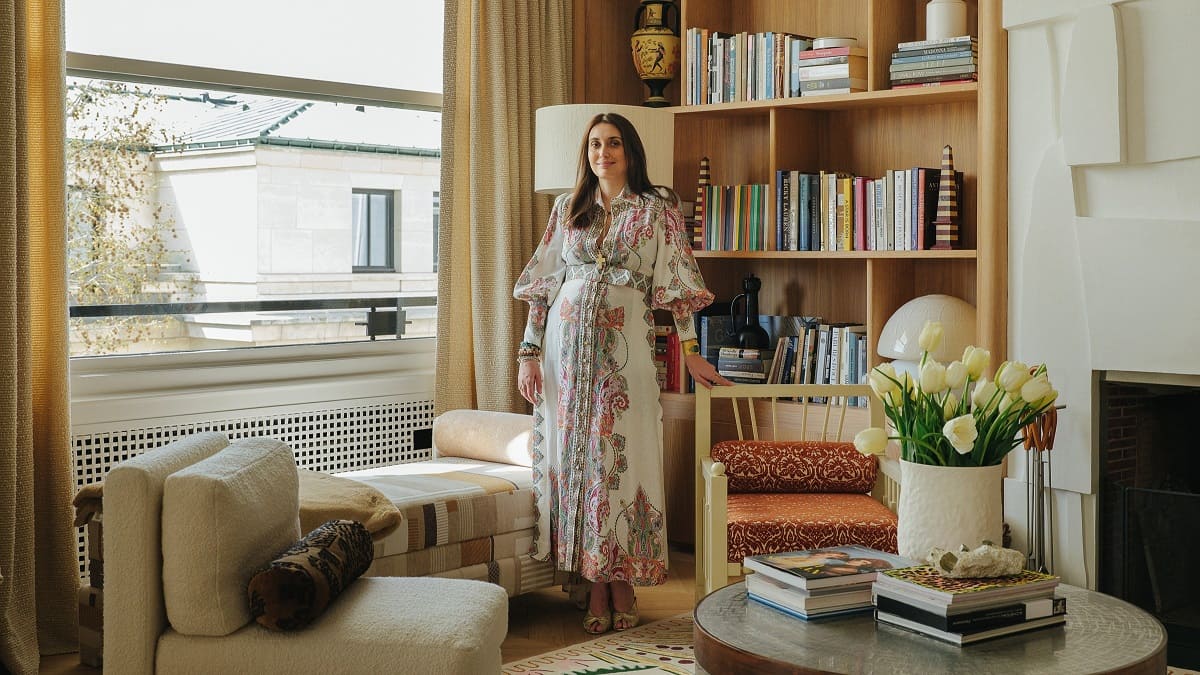
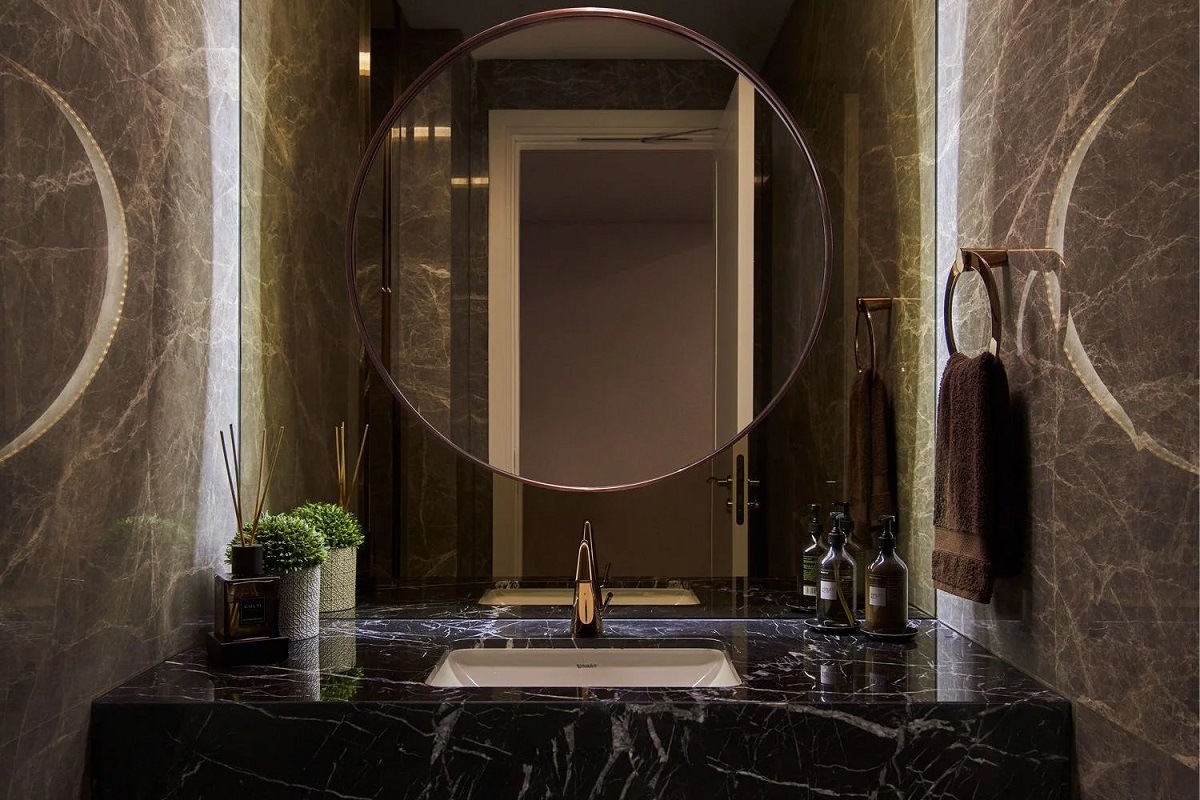
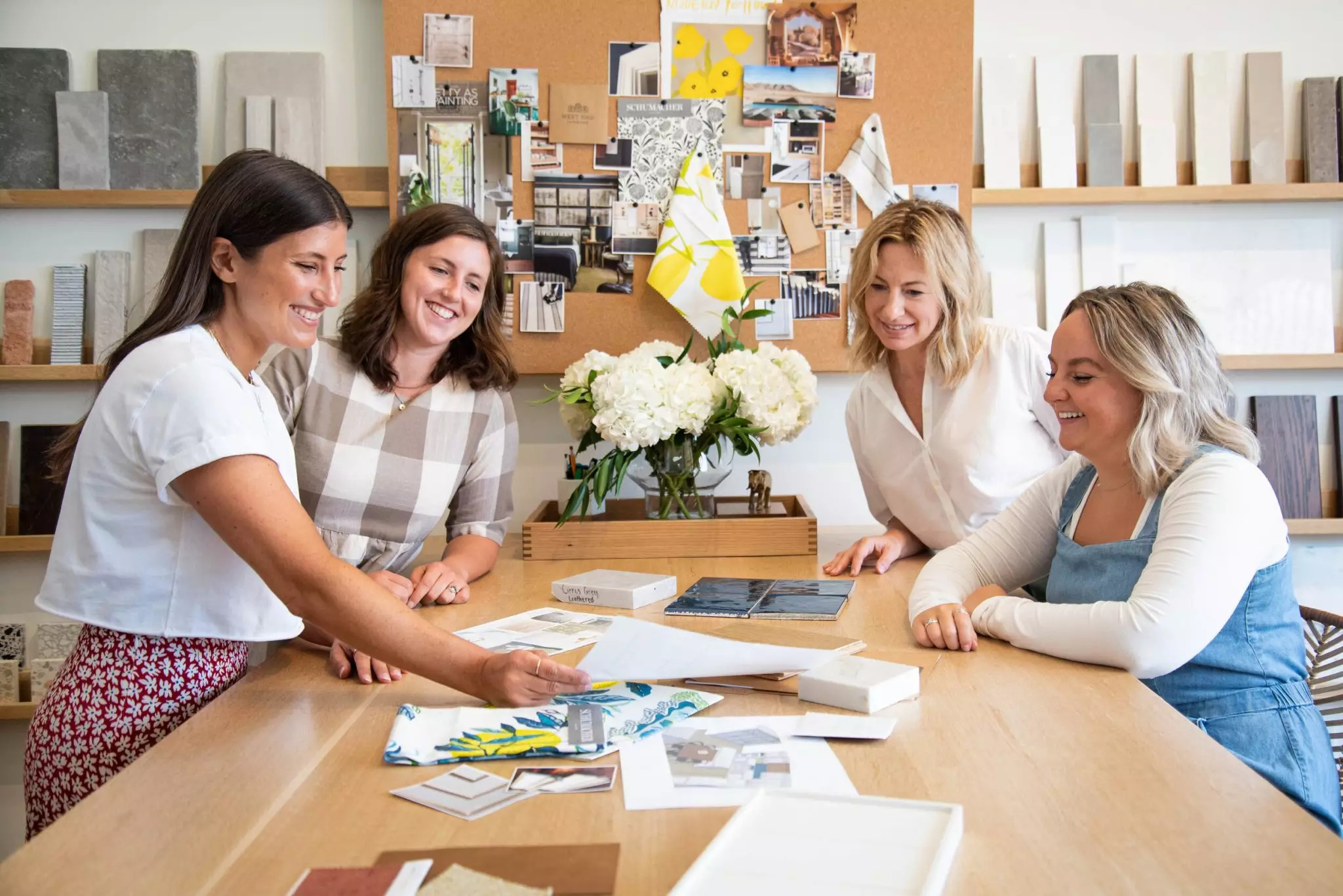
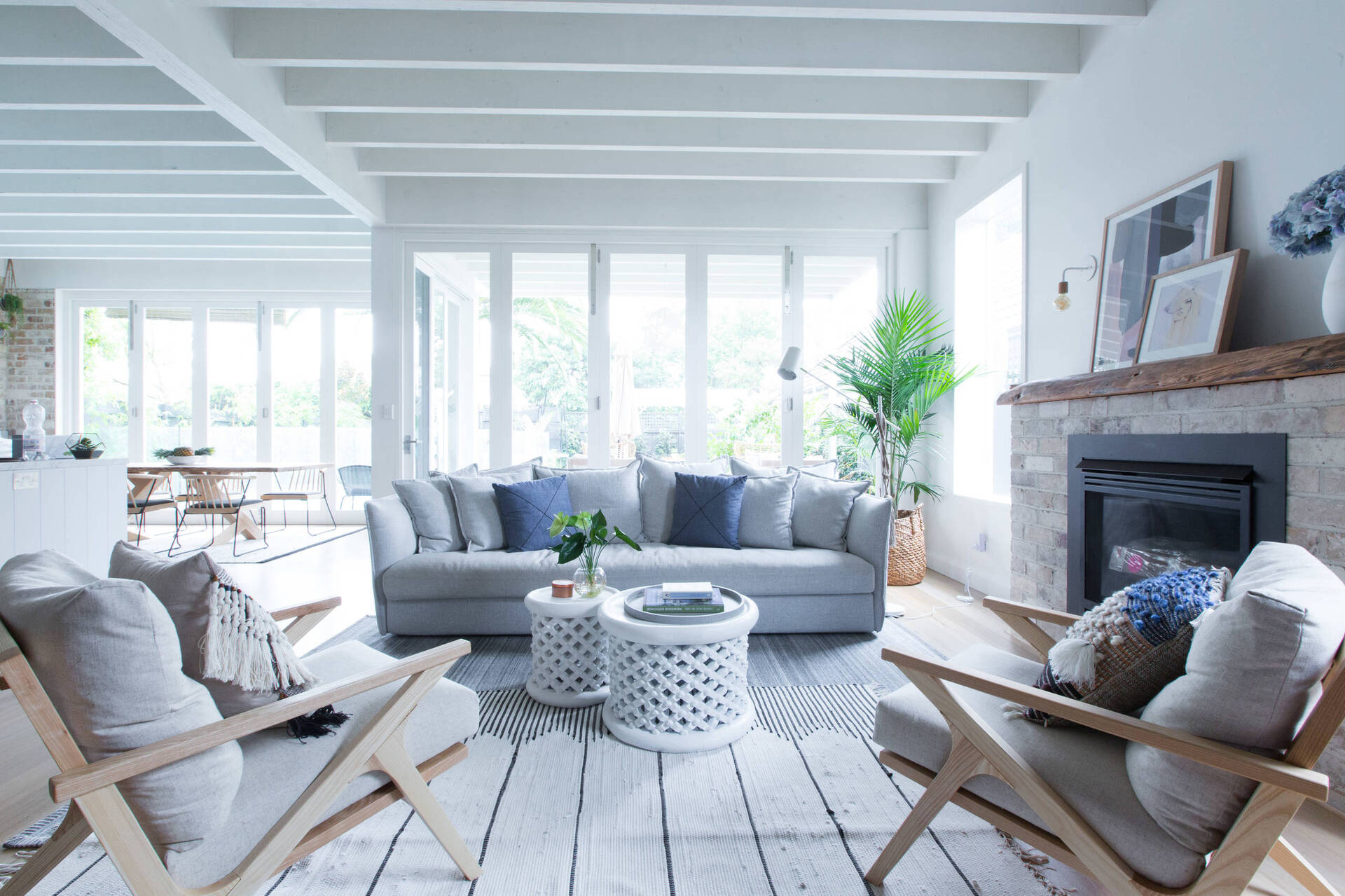

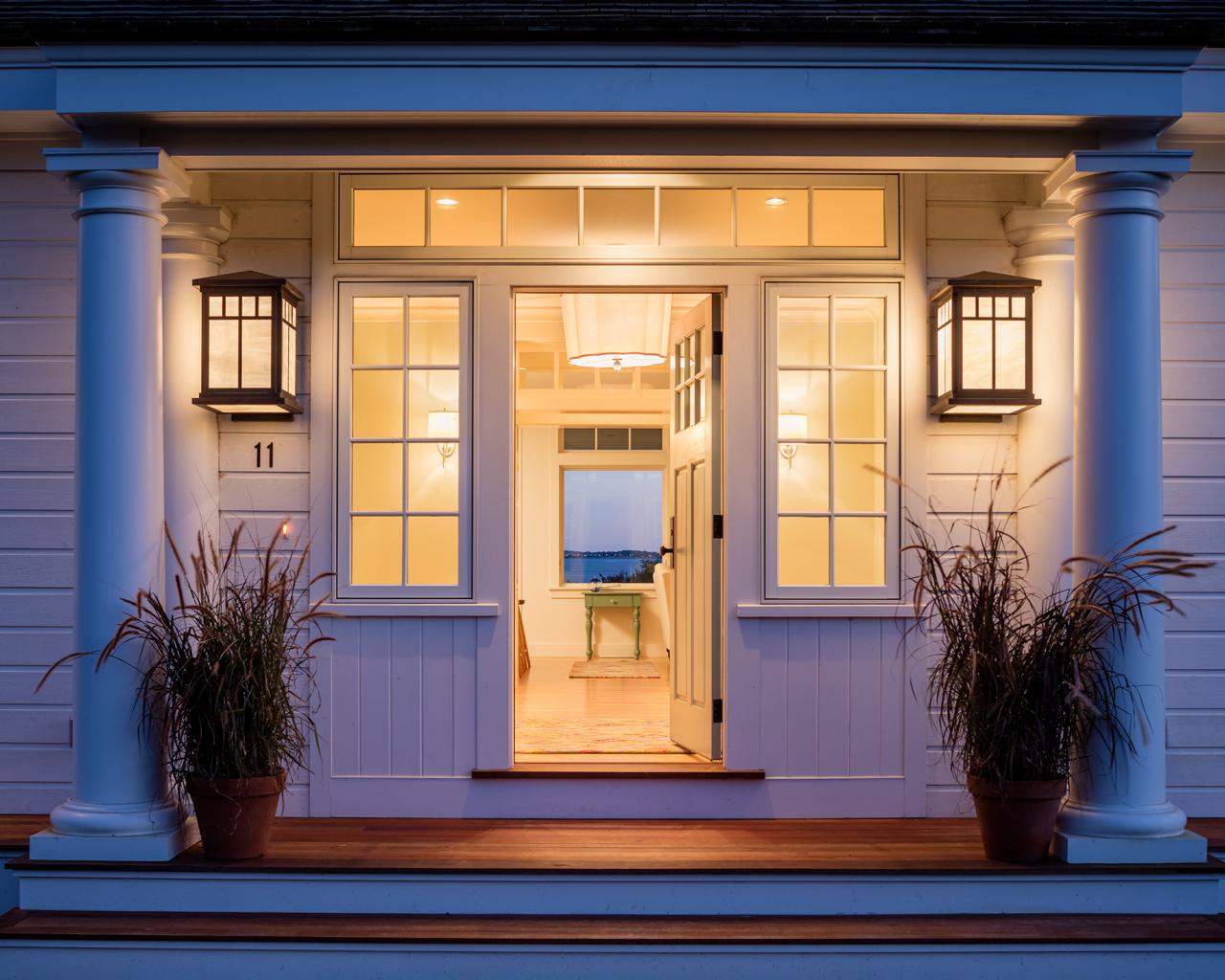


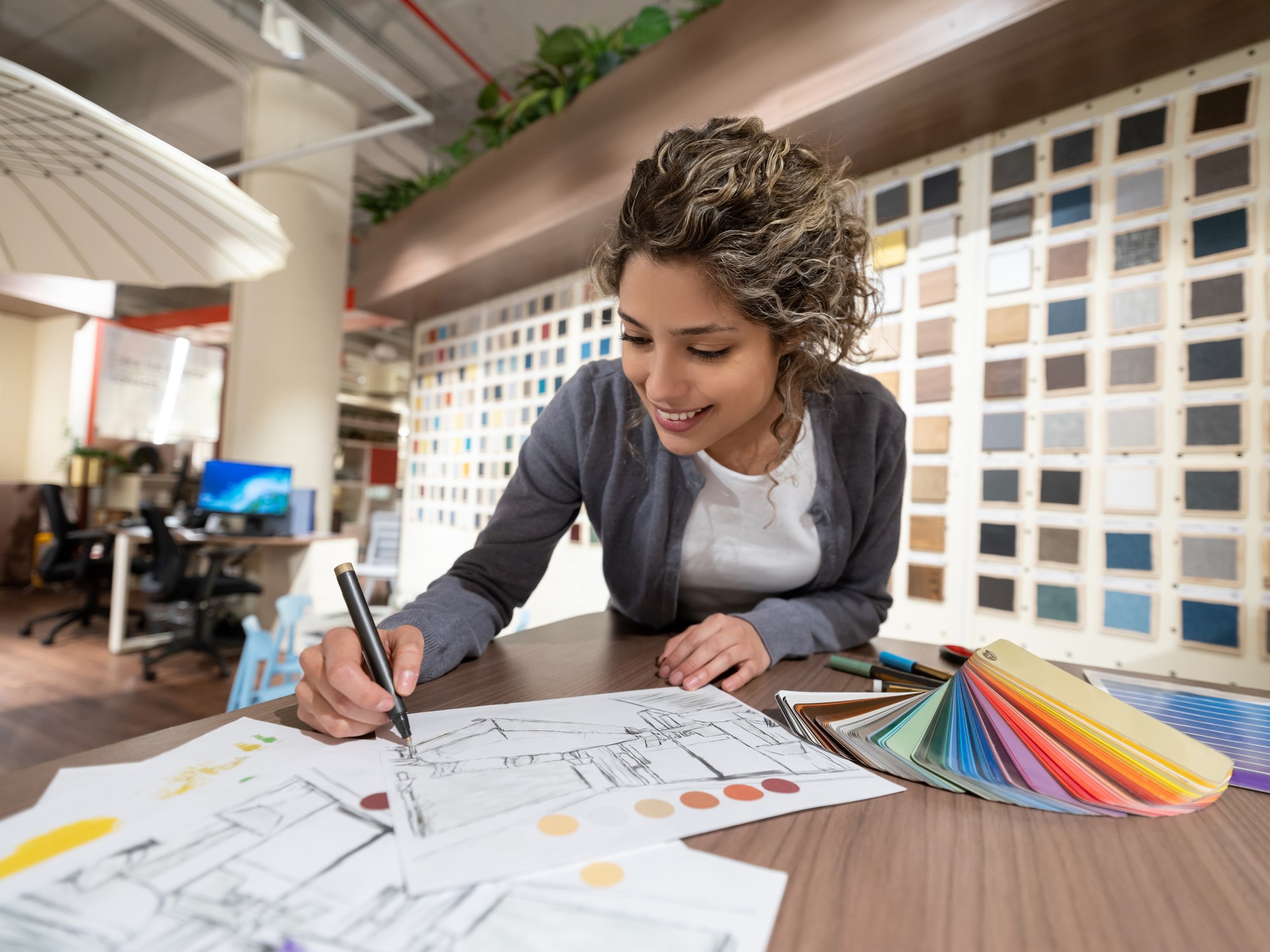



0 thoughts on “My Interior Design Schemes Often Start With Tile: This Is Why”